K-Beauty VS J-Beauty: What Are The Real Differences?
A 10-Step Skincare Routine? Really?
Skincare goal, routine, ingredients, and products... There’s clearly a lot to get into. Find out what the main differences are between the two reigning beauty champions.
Let me tell you. When it comes to skincare, K-Beauty and J-Beauty do not mess around and they seem to always know how to remain one step ahead of the game. Let’s not forget that ‘double-cleansing’ was first introduced by Japanese women, whilst a 10-step skincare routine seems to be the norm in Korea. It’s no wonder you’ll literally find a cosmetic/drugstore on every street in Tokyo and Seoul. Not to mention it takes at least 30 minutes for us to choose a simple moisturizer (have you seen the huge selection!?).
Although they share some similarities, we’re here to discuss the main differences between the two and to take a look at some of their holy grail products. Paper and pen in hand, get ready to take some serious beauty notes!
Skincare Goal
I remember my first time stepping foot into a cosmetic store in Seoul. I had told the shop assistant that I wanted to prepare myself for the upcoming summer months and look tanned and healthy. Just as I was about to reach for a slightly darker foundation to my natural skin tone, the shocked sales assistant replied “No, no, why? You don’t want that. Take these whitening products too!” and practically forced me to buy their palest foundation. I wasn’t too keen on the ghost look, I can tell you that.
The point is, Koreans are absolutely obsessed with having fair skin, which explains the endless amounts of ‘whitening’ products you can find on the shelves, and it’s very common for beauty salons to offer all sorts of solutions (including injections!) for whiter skin. They also strive to have flawless, dewy, glass-like skin.
Tony Moly Panda’s Dream White Magic Cream, ¥470
J-beauty is similar in that having fair, white skin is favorable. However, they accommodate better to different complexions and skin tones and place a higher focus on having clear, translucent skin. The aim is to achieve mochi-hada (mochi skin) meaning the desire to have very soft, plump skin (much like the dessert). Sitting at the make-up counter in a Japanese cosmetic store, I realized that this was very much the case as the sales assistant did her best to even out my natural skin tone and gave me a lecture on how to moisturize properly for soft skin.
Sana Nameraka Honpo Tounyuu Isofurabon Emulsion, ¥1,100
Skincare routine
I’m sure you’re all very much aware that K-Beauty is well-known for its rather extravagant 10-step skincare routine (which for some, even push this to 12-15 steps). Talk about a skincare routine that requires some serious dedication…
The 10-step skincare routine consists of the following:
- Step 1 – double cleanse
- Step 2 – toner
- Step 3 – essence
- Step 4 – emulsion
- Step 5 – serum/ampoule
- Step 6 – sheet mask
- Step 7 – eye cream
- Step 8 – moisturizer
- Step 9 – sunscreen (am)
- Step 10 – sleeping mask (pm)
It’s important to note that hydration is key in all 10 steps so, simply put, Koreans love layers and layers of hydration. The lengthy routine also leaves you with room for experimenting and trying out new products—perfect as K-Beauty is constantly evolving. For them, it’s all about innovation and being trendy!
 BANILA CO – Clean It Zero Special Trial Kit, ¥1,264
BANILA CO – Clean It Zero Special Trial Kit, ¥1,264
Japan does things a little differently. When it comes to skincare, they prefer to take the Marie Kondo approach meaning keeping things simple and straightforward. The Japanese minimalist skincare routine normally consists of 4 steps:
- Step 1 – double cleanse
- Step 2 – hydrating lotion (“toner” without the alcohol)
- Step 3 – serum
- Step 4 – moisturizer
Plus face masking every so often.
Although simpler, this skincare routine claims to still be able to provide you with long term results. It’s shorter because they enjoy using multi-purpose products and like to incorporate double cleansing at nighttime. The idea behind double cleansing is that not only does it prevent breakouts and clogged pores, but it also helps tackle specific skin problems such as dryness.
On top of this, it allows Japanese women to get away with just splashing their faces with water as opposed to having to cleanse again in the morning. Because who really has all the time in the world to be following a long skincare routine in the mornings?
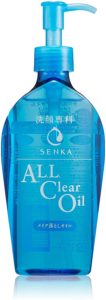 Senka All Clear Oil Makeup Remover, ¥1,089
Senka All Clear Oil Makeup Remover, ¥1,089
Skincare ingredients and products
With Korean beauty products, you will definitely come across some very unexpecting, unique ingredients. This includes snail mucin, bee-derived propolis, salmon roe/eggs, and even donkey milk. Donkey milk!? Although you may find these ingredients rather strange (or even absurd), many swear by them and credit it for completely transforming their skin. All I can do is simply applaud them for their creativity!
In terms of their products, they are known to produce some of the best essences (a mix between liquid serum and toner), ampoules (a supercharged version of serum), and of course, their wide range of face sheet masks.
It’s Skin Power 10 Formula Syn-Ake, ¥1,540
Rather than throw in what seems like any random ingredient into a product, the Japanese stick to what they know works best and prefer to opt for traditional ingredients. The ingredients tend to be all-natural and of the highest quality. You’ll find that many products use rice and green tea as their main ingredient. Typically, the products have less chemical additives compared with Korean beauty products, which fits in well with their nourishing philosophy.
They boast some of the best hydrating lotions, oils (that can function both as a cleanser and a moisturizer), and advanced sunscreen.
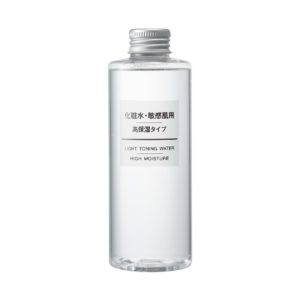 Muji Sensitive Skin High Moisturising Lotion/Toner, ¥690
Muji Sensitive Skin High Moisturising Lotion/Toner, ¥690
And finally, what to take away from this…
Whether you’re leaning towards one skincare more than the other, it’s always great to take tips from both J-Beauty and K-Beauty. Here are two ways you can enjoy the best of both worlds!
1. K-beauty and J-beauty share the same No.1 skincare priority. That is, hydration!
Whether it’s a K-beauty or J-beauty product, getting yourself a good moisturizer is very important because why would you want to be stuck with dry, dehydrated skin? 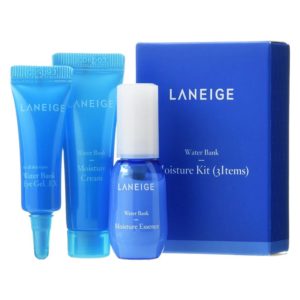 Laneige – Water Bank Moisture Kit 3pcs, ¥568
Laneige – Water Bank Moisture Kit 3pcs, ¥568
Hada Labo Rohto Goku-jun Hyaluronic Milky Lotion, ¥915
2. Face sheet masks are highly popular and frequently used in both K-Beauty and J-Beauty.
It’s something that we can ALL benefit from using and you’ll be able to find face masks that suit your skin type and ones that target your specific skin worry. Plus, you won’t need to commit to using one every single day, which makes them perfect for even the laziest!
Dr.Jart+ Rubber Lover Mask Set, ¥6,000
LuLuLun Face Mask Balance Moisture Type (7 sheets in 1 pack), ¥385
Are you team #JapaneseSkincare or #KoreanSkincare? Tell us in the comments!
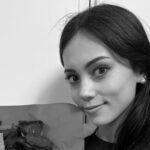
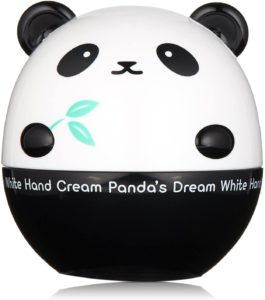


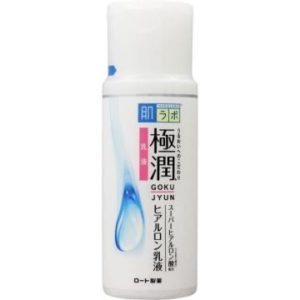
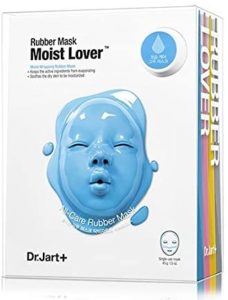
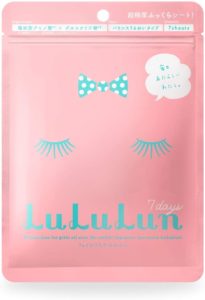











Leave a Reply